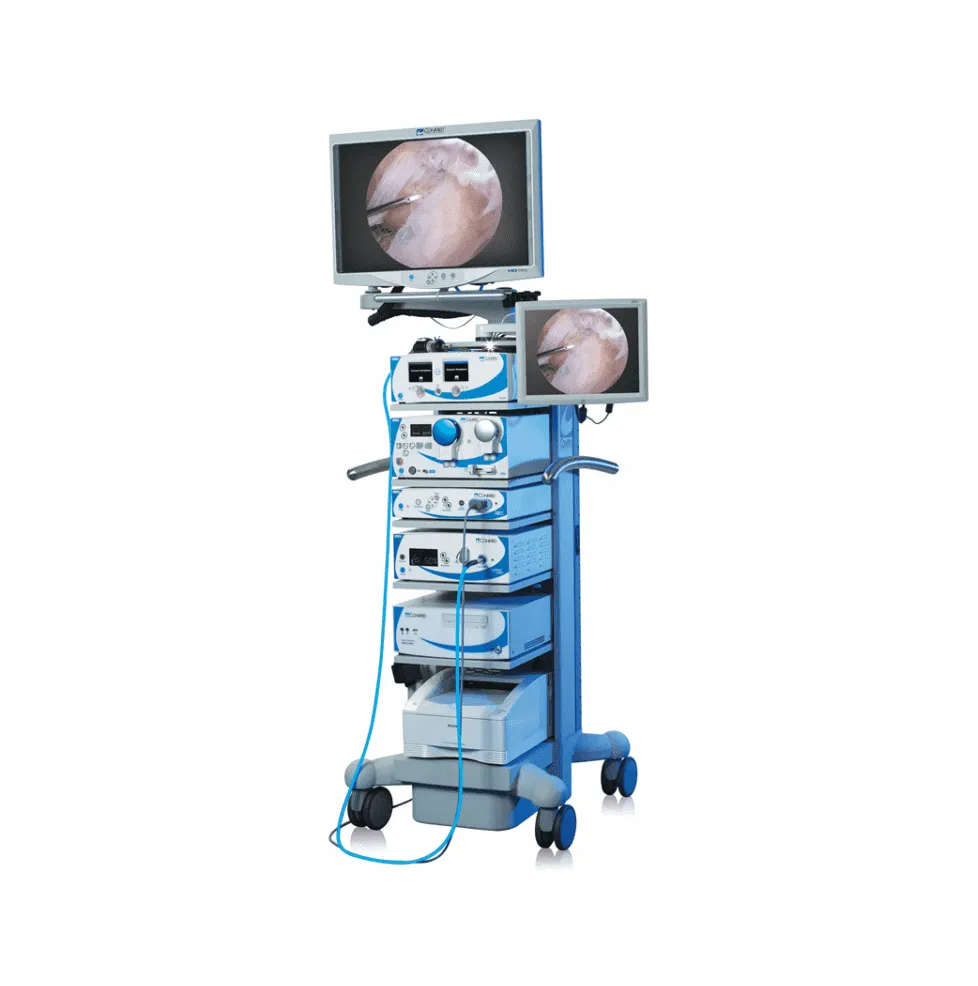Laparoscopic scopes have revolutionized surgery. By enabling minimally invasive procedures, they have brought significant precision, recovery time, and patient care advantages. In veterinary medicine, scopes are growing rapidly, allowing veterinarians to perform complex procedures with reduced animal trauma.
What Are Laparoscopic Scopes?
Laparoscopic scopes are thin, tube-like instruments with a camera and a light source. They are inserted into the body through small incisions, providing real-time visuals of internal organs on a monitor. This allows surgeons to conduct procedures without needing large, open incisions, minimizing the physical strain on the patient and the surgical team.
How Laparoscopic Scopes Benefit Veterinary Medicine
· Minimally Invasive Surgery
Traditional surgeries often require large incisions, which can lead to more pain and longer recovery times for animals. Conversely, this scope enables veterinarians to perform complex procedures with smaller incisions. This reduces the overall physical impact on the animal, resulting in quicker recovery times and reduced post-operative discomfort.
· Improved Precision
Real-time imaging provides a view of the surgical site, allowing surgeons to perform procedures with enhanced accuracy. This precision is crucial in veterinary care, where the anatomy of different animals can vary greatly.
· Quicker Recovery for Animals
One of the most noticeable advantages of laparoscopic surgery is the faster recovery time. Animals that undergo laparoscopic procedures often experience less post-operative pain, can return to normal activities sooner, and require less follow-up care. This proves especially helpful for pet owners worried about their animals undergoing surgery.
Why Choose Laparoscopic Scopes for Your Veterinary Practice?
These scopes allow for more accurate, minimally invasive procedures and demonstrate a commitment to using the latest technology to enhance animal care. Veterinary clinics offering laparoscopic surgery often stand out, attracting clients who want the best care for their pets.
Veterinarians who adopt laparoscopic techniques can handle a wider range of cases, from routine spays and neuters to more complex surgeries like biopsies, tumor removals, and gastrointestinal procedures. By investing in laparoscopic equipment and training, veterinary practices can expand their services and improve patient outcomes, increasing client satisfaction and clinic growth.
The Future of Laparoscopic Surgery in Veterinary Medicine
As technology advances, scopes in veterinary medicine are expected to play an increasingly significant role. Developers are continuously producing newer, more advanced scopes, offering surgeons enhanced imaging, increased flexibility, and better ergonomics. The potential for these tools to significantly elevate the standard of care in veterinary medicine is immense.
Here are some key trends that we can expect soon:
- Improved Equipment: This scopes continuously evolve, with new designs offering even clearer imaging, better flexibility, and more user-friendly controls. Enhanced cameras and imaging systems will give surgeons even sharper, real-time visuals, enabling them to perform procedures more accurately.
- Wider Range of Procedures: Surgeons often use laparoscopic surgery for procedures like spaying, neutering, and biopsies. As technology advances, they are likely to perform a broader range of surgeries with minimally invasive techniques.This means veterinarians can handle more complex cases without resorting to traditional, invasive surgeries.
- Faster Recovery Times: As technology improves, we can anticipate even shorter recovery periods for animals undergoing laparoscopic surgery. Newer tools and techniques will reduce post-operative pain and complications, leading to faster healing and less discomfort for the animals.
- Increased Adoption in Specialty Areas: While general veterinary practices already see the benefits of laparoscopic surgery, this technology has significant potential to expand into specialty areas such as orthopedic and cardiac surgery. Specialized laparoscopic tools could make it possible to perform highly delicate surgeries with minimal impact on the animal’s body.
- Cost-Effectiveness: As technology becomes more widely adopted, the cost of laparoscopic equipment will likely decrease, making it more accessible for a broader range of veterinary practices. This will allow more clinics to offer minimally invasive procedures, benefitting animals and owners alike.
Final Thoughts: A Bright Future for Veterinary Surgery
These instruments are revolutionizing how surgeries are performed, offering veterinarians a way to improve precision, reduce recovery times, and minimize trauma for animal patients. For pet owners, the benefits are clear: less pain for their animals, quicker recoveries, and a higher level of care.
Veterinary practices that embrace laparoscopic technology are investing in the future of veterinary medicine and ensuring that their patients receive the best care possible. As the field continues to evolve, laparoscopic scopes will undoubtedly become a standard tool in veterinary surgery, helping vets provide cutting-edge care that benefits both animals and their owners.
If you’re a veterinary professional looking to elevate the level of care in your practice, now is the time to explore these scopes. With their numerous advantages, these advanced instruments represent the future of veterinary surgery—a future where minimally invasive procedures become the norm and where pets recover faster and experience less pain than ever before.


